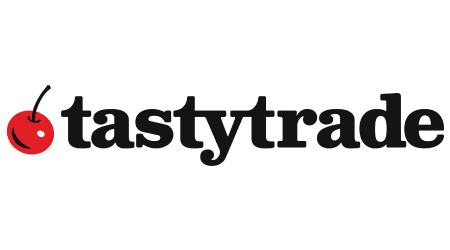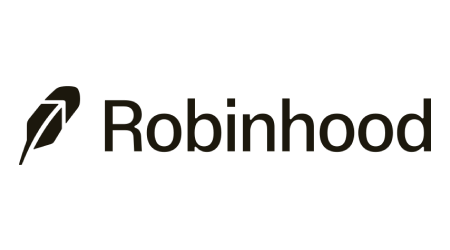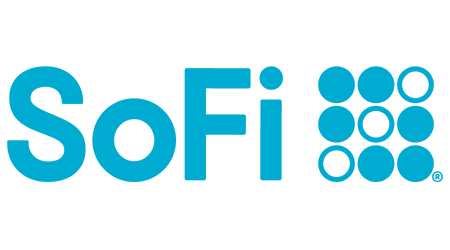
- $0 commission stocks and ETFs and competitive options trading fees
- Trade stocks, ETFs, options, futures, future options and micro futures
- Pro-grade trading platform with cutting-edge risk analysis tools
By age 30, you may have already begun to save for retirement. You’ve probably moved up in your career and are making more money than in your 20s. But you may also have new financial challenges like saving to buy a home, or maintaining one, and raising children. Here’s how much money you should have saved by 30 and what you can do to boost your savings today if you feel behind.
The average retirement savings for a millennial, in which a 30-year-old is included, is $91,191, according to Finder’s latest Consumer Confidence Index. But don’t worry if your savings fall short of this. Everyone has a different financial situation. And the Gen Y population spans the ages of 27 to 42 years old in 2023. A 30-year-old could be expected to have less saved then a 40-year-old in the same generation.
A retirement savings balance of $40,560 by age 30 might be more accurate according to a commonly-used savings guideline. Many financial experts recommend saving at least 15% of your annual income toward retirement starting at age 25. The median weekly earnings for someone between the ages of 25 and 30 is $1,040, or $54,080 a year ($1,040 X 52 approximate weeks in a year). A savings rate of 15%, then, amounts to $8,112 a year. Starting at age 25, that would put you at about $40,560 in retirement savings by age 30.
Age-based savings guidelines like this are meant to act as guideposts to let you quickly gauge whether you’re on track. Depending on the variables, your savings could be higher or lower. But if you feel behind, there are money moves you can make today to help you maximize your savings going forward.
Saving money in your 30s, especially for retirement, can be challenging, considering you may have new financial obligations like saving money for a wedding, a house or an addition to the family. But here are some ways you can start saving money today so you’re prepared when you leave the workforce.
A primary route to increase your life savings is to take advantage of an employer 401(k) and company match. Not only are 401(k) contributions tax-advantaged, but any matching funds your employer puts up are essentially free money.
Contributions to your traditional 401(k) are deducted from your paycheck before federal and state income taxes are withheld. This means they can lower your taxable income for the year you contributed, which can decrease your tax bill or increase your tax refund.
Companies that make employee 401(k) contributions will typically match dollar-for-dollar what employees contribute up to a certain amount. Recent data by Fidelity Investments shows that more than 8 in 10 workers received some type of employer 401(K) contribution in the first quarter of 2023.
Let’s picture a scenario where you contribute 6% of your $60,000 salary to your 401(k). After the first year, you’ll have $3,600 saved in pre-tax income. However, let’s consider that your employer matches 100% up to 4% of your salary. In addition to the $3,600 you contributed, your employer will contribute $2,400 (4% X $60,000). Together, you’ll have $6,000 saved in your 401(K) account at the end of a year.
The average 401(k) balance for someone between the ages of 25 and 34 is $37,211.
Whether or not your employer offers a 401(k), spur your retirement savings by contributing and, if you can, maxing out a traditional IRA or Roth IRA.
IRAs offer similar tax benefits to 401(k)s. Traditional IRA contributions may be tax-deductible, while Roth IRAs offer tax-free withdrawals in retirement.
The 2023 contribution limit for an IRA is $6,500 for those under 50 and $7,500 for those 50 and over. This is the total you can contribute across all your IRAs.
Today’s IRA savers can also access an additional perk: an IRA match.
Robinhood offers IRA matches. Robinhood will match up to 3% on IRA contributions when you subscribe to Robinhood Gold or 1% when you don’t. IRA transfers and 401(k) rollovers also earn 1% with Robinhood.



Paid non-client promotion. Finder does not invest money with providers on this page. If a brand is a referral partner, we're paid when you click or tap through to, open an account with or provide your contact information to the provider. Partnerships are not a recommendation for you to invest with any one company. Learn more about how we make money.
Finder is not an advisor or brokerage service. Information on this page is for educational purposes only and not a recommendation to invest with any one company, trade specific stocks or fund specific investments. All editorial opinions are our own.
If you’re 30 and plan to retire at 65, you’ve got some time to accumulate wealth, and stocks offer some of the greatest potential for growth over the long term. The average historical return on the stock market is about 10%.
There are many ways to invest in the stock market. Here are a few securities you can purchase:
If you have a high-deductible health insurance plan, you may pair it with a health savings account (HSA). An HSA offers tax benefits while helping you save for healthcare expenses.
Money you contribute toward an HSA is tax deductible, so it can lower your tax bill for the year you contributed. Earnings you get in an HSA account from interest or investment returns grow tax-free. And money you withdraw from an HSA is tax-free as long as you use it on qualified healthcare expenses.
High-interest debt is a financial culprit that can eat into your savings. If you’re paying more on your debt than you’re earning by saving, you’re losing money.
Credit cards are among the most expensive debts. The average interest rate on a credit card is 21.19% as of August 2023, according to research by the Federal Reserve Bank of St. Louis. To compare, the average interest rate on personal loans is 12.17%.
Finder data shows the average credit card debt for millennials is $4,974.
Here are a couple of ways you can pay off high-interest debt today:
Hitting specific sayings goals by age 30 can be a challenge, considering you may have new financial obligations and are probably thinking more seriously about saving for retirement. But don’t fret. Time is still on your side, and any amount you save now can help. For more tips, check out our retirement resources to help you boost your retirement savings.
The best Roth IRA investments may include a mix of index funds, dividend stocks, bond funds and other long-term investments.
Explore the pros and cons of the best SEP IRAs and learn how to open one of these accounts.
Explore the advantages and shortcomings of the best rollover IRAs for beginners, mobile trading, advanced traders and more.
Learn how to retire early with practical steps, age-specific advice and insights for a secure future.
See how Beagle can find all your old 401(k)s, uncover hidden 401(k) costs and roll over your accounts.
What you need to know to start building your retirement nest egg.
Check out our picks of the best Roth IRA accounts for beginners, options traders, hands-off investors and more.
Check out our picks of the best IRA accounts for beginners, options traders, hands-off investors and more.
National databases can help you uncover lost funds, but you’ll want a safe place to store them.
See if Capitalize’s free 401(k) search and rollover service is right for you.